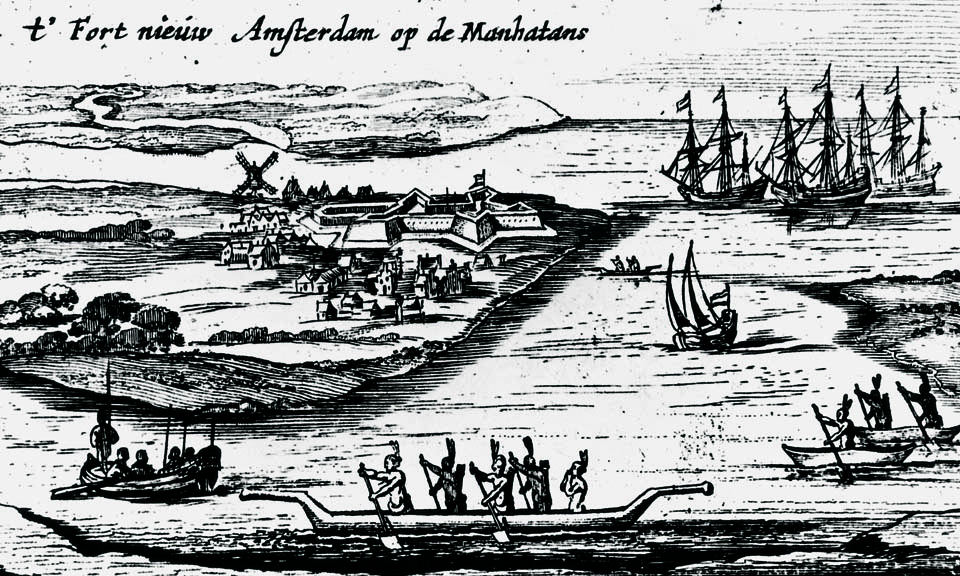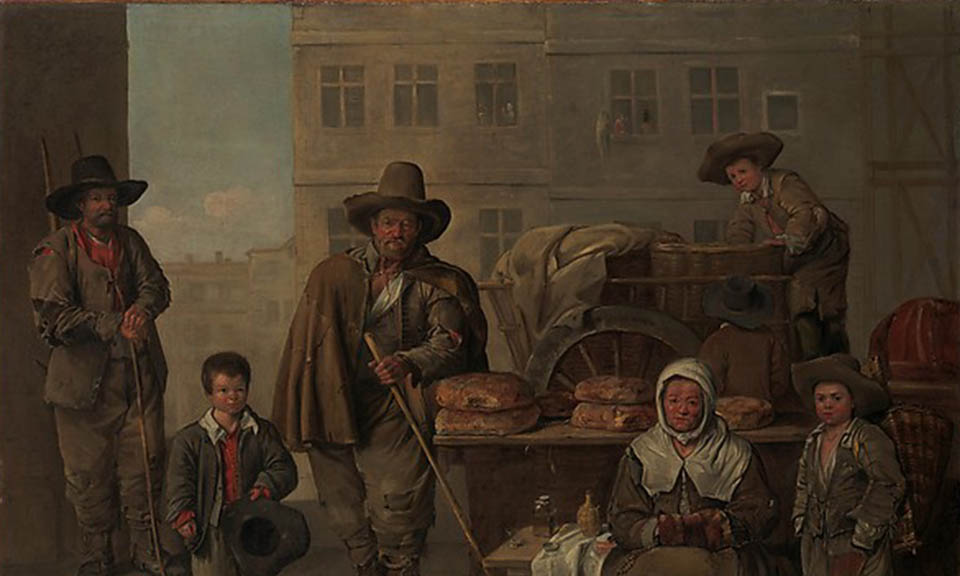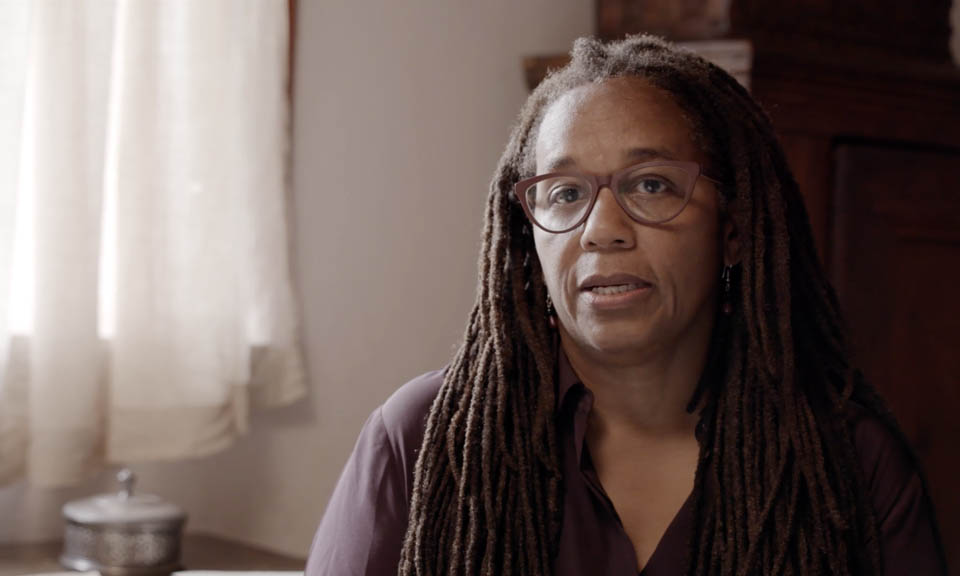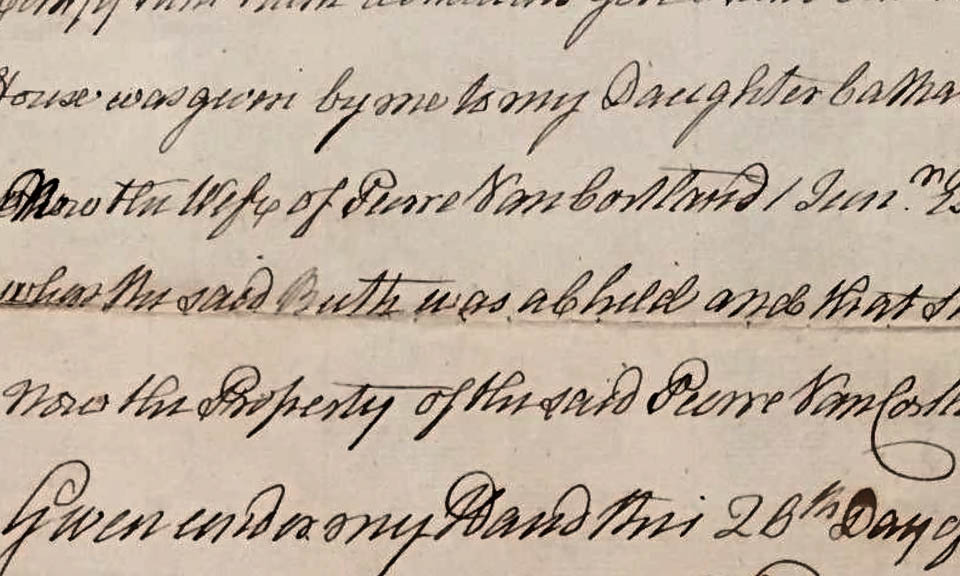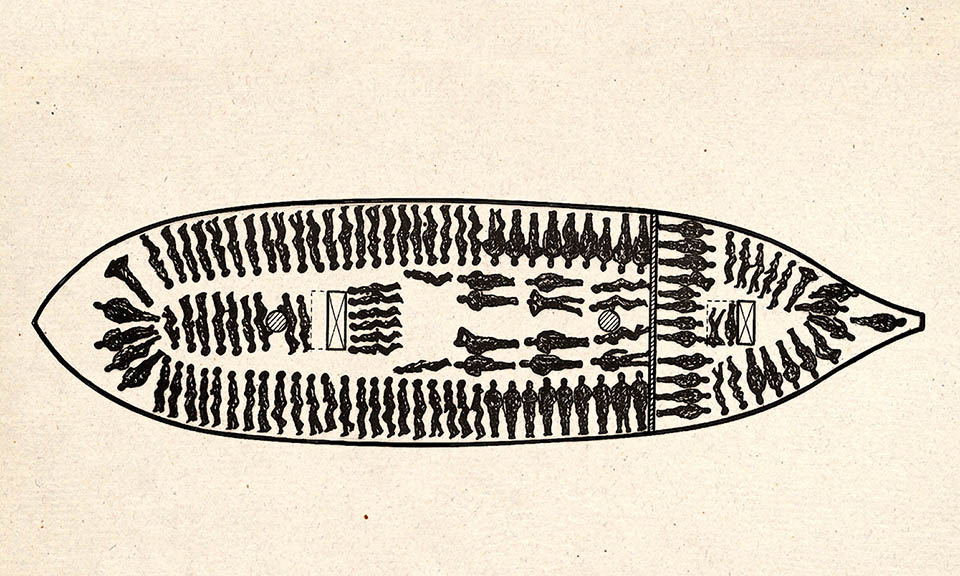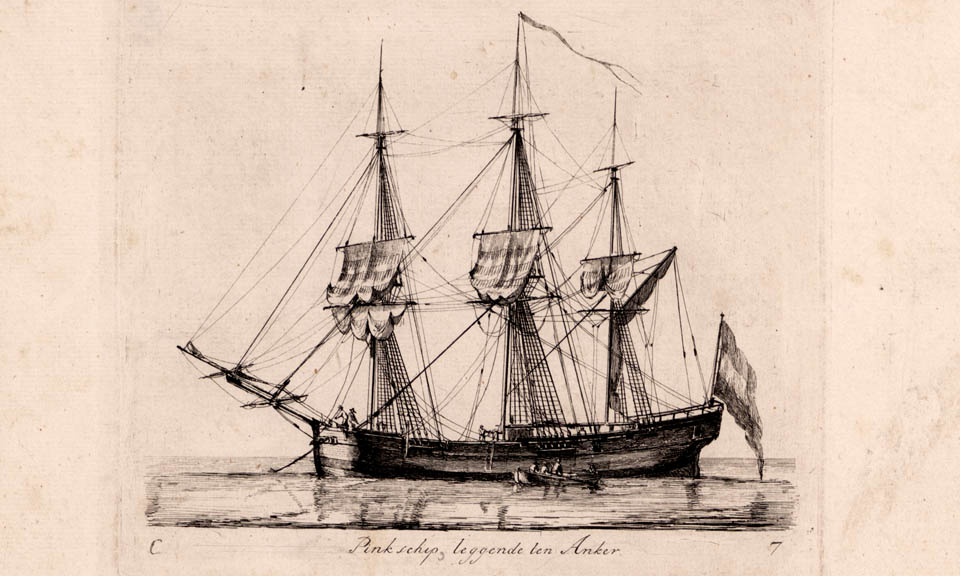Chapter 1
Defining Slavery
As Europeans colonized the Americas, they designed labor systems to maximize profit. Colonial governments established slave laws to authorize the permanent bondage of African captives, millions of whom were transported to the Americas via “the Middle Passage.”
Soon, northern colonies came to depend upon the business of slavery, an economic institution that defined enslaved individuals as legal property.
Labor Systems
The problem of finding labor challenged all European settlements in the Americas—the 17th-century North included. How did experimentation with Native and European laborers finally lead wealthy merchants to begin enslaving Africans?
Establishing Slave Laws
As colonists transitioned to a system built on permanent enslavement—and as trade in African captives began to greatly increase their profits—the informal custom of owning human property as a way to obtain free labor was gradually written into law.
These laws would institutionalize centuries of slavery and abuses of power throughout the northern colonies.
The Middle Passage
Once slavery was written into law, Northern merchants like the Philipse family in New York were quick to capitalize on it. By the late 1600s, West Africa had become the primary source of enslaved labor that supported colonial economies from Brazil to New England. Northern slave traders shipped hundreds of thousands of African captives across the Atlantic under horrific conditions—a journey known as the Middle Passage.
The Business of Slavery
The business of slavery built the northern colonial economy from the ground up. Colonial governments were financed through taxes on enslaved individuals. Banking, shipping, and textile industries prospered from the trade in the enslaved, as well as from their labor.
Modern American capitalism was made possible by the profitability of enslavement.
Legal Property
Being classified as property rather than as a person meant a complete lack of legal control over one’s own life. An enslaver decided what one did, where one lived, and whether one could remain with family. The death of that enslaver also led to certain change: the separation of enslaved parents and children and the breaking of family bonds were among the likely outcomes.


